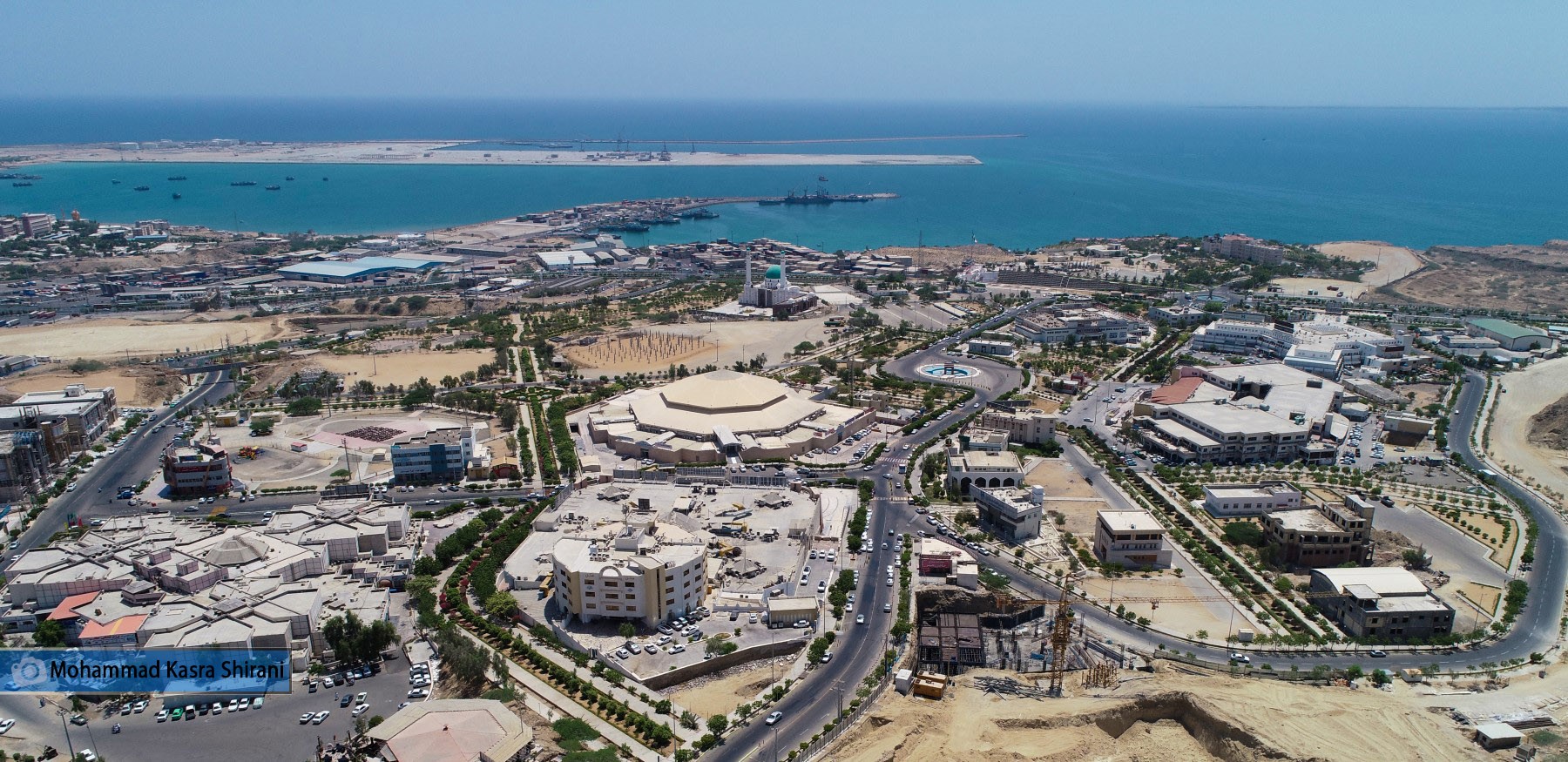
According to the report of the public relations and international affairs of CFZ, based on the news of Shoma and Eghtesad news agency, Mohammad Hodaei, Economic and Investment Deputy of CFZ, emphasized that the advancement of science and technology, as well as the ease of access to basic knowledge through the advancement of digital science, has resulted in an improvement in the quality of goods and services, a decrease in production costs, and an increase in productivity. He continued, “Considering the increase and the main competition in the economic field, which is less affected by the development and advancement of knowledge, the field of transportation and transit are of special importance.”
The Silk Road, he said, is evidence that Iran's economy was based on the transit of goods and transportation between East and West in earlier centuries and before the discovery of oil. He added that the first goods transit chain from East to West corridor is now operational thanks to the development of the ports of Shahid Beheshti and Shahid Kalantari in Chabahar, Iran's only ocean-port city.
He said, "According to reputable figures, between 10,000 and 15,000 direct job possibilities are created for every million tons of goods transited," in reference to the employment and income percentage of the local residents of the transit route locations. The region's residents' quality of life and economic growth will be positively impacted by CFZ as the gateway for the transit of products, and as the private sector participates more actively in the movement of goods, their revenue share will rise as well.
According to the Economic and Investment Deputy of CFZ organization, any approved commodities may enter this zone under the conditions of importation that are subject to the rules and regulations of the free zones.
According to Mohammad Hodaei, "Right now, about three and a half million tons of goods transit from Chabahar to the mainland each year, and about 200,000 tons go abroad. With the completion of the infrastructure, it is possible to increase this amount to 8.5 million tons within two years, and its increase to 20 million tons can be predicted.
According to the Economic and Investment Deputy of CFZ, "Reducing this gap requires a high investment, which is being pursued through CFZ organization and the honorable governor of the province to allocate appropriate funds from the general budget of the country." Unfortunately, the gap between indicators and transit infrastructures in Sistan and Baluchistan province is very large and merits consideration.
It should be noted that Chabahar, with its 115 km of sea border and 145 km of coastline next to the Oman Sea, is the Iranian port that is the nearest to the world's largest body of open water, the Indian Ocean. This port has the potential to become the center of the area due to its strategic location, the availability of deep sea, and the presence of natural cuts that offer appropriate space for deep berths and advantageous anchoring coordinates for mooring enormous oceangoing ships.